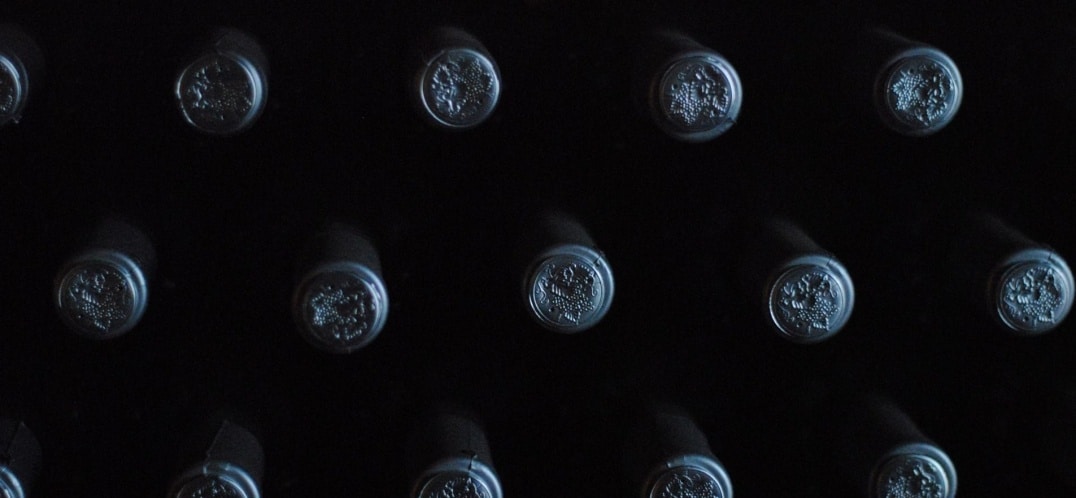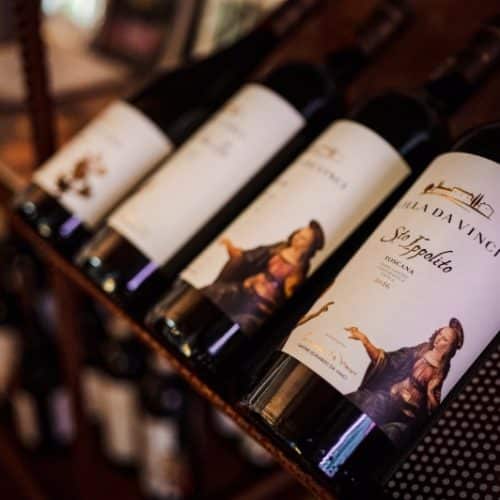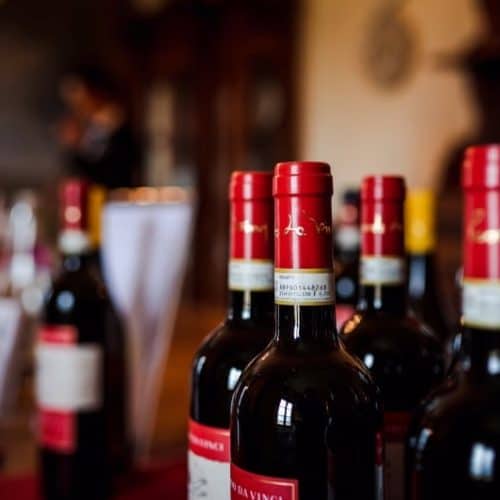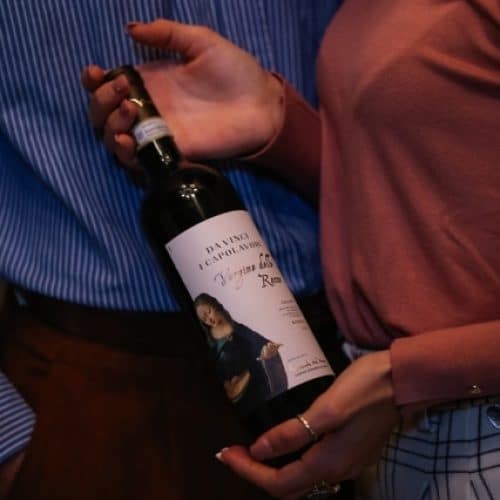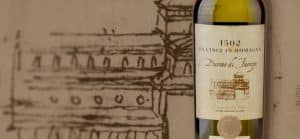Wine is a living product, in constant evolution. Once it is bottled, it does not stop transforming. Rather, a new phase in its life begins. As time passes, the wine acquires complexity until it reaches its peak. If we open a bottle today it will have a different taste than it would if we opened it in a few months. Therefore, it becomes important to know how to store it and accompany it on the path towards the perfect moment to be tasted.
To properly store wine, it is useful to follow some simple but fundamental precautions. The first concerns the location. The bottles should be laid down, i.e. stored in a horizontal position, particularly if it is necessary to store wine for a few years. The reason for this has to do with oxidation, a phenomenon that would disturb the regular course of aging of the wine, damaging it. The bottles arranged horizontally, in fact, allow the wine contained inside to come into contact with the cork and keep it moist, preventing it from drying out. The wet cork will not let air into the bottle which is the main cause of oxidation.
It is important to remember to turn the label upwards so that it can be read immediately. This tip should not be underestimated, especially if you have to store red wine: it may happen that the bottles have to rest for a few years and it is necessary to occasionally check their state of conservation, checking the vintage, type, integrity of the bottle and any residual formation. After the location, attention should be paid to the storage temperature of the wine. Ideally, wines should be kept between 12 and 14 degrees centigrade, depending on the type of wine and the size of the bottle. The wine then needs to avoid light – both natural and artificial – so it must be kept in the dark. Wine should not be subject to sudden movements, vibrations, or even strong smells that could affect it.
Once we have made sure that we have uncorked the wine at the right time – and each bottle has its own – we must ask ourselves the question of how to keep an open bottle of wine. Once again, oxygen is the nemesis of proper conservation, so it is important to close the bottle, preferably creating a vacuum effect. An open bottle of white wine can be stored in the refrigerator, while the storage of a bottle of red wine can also take place at room temperature.
Preserving a wine correctly is the final and no less important part of the long chain that begins in the vineyard and ends on the table and allows you to enjoy a product that manages to express its best.
